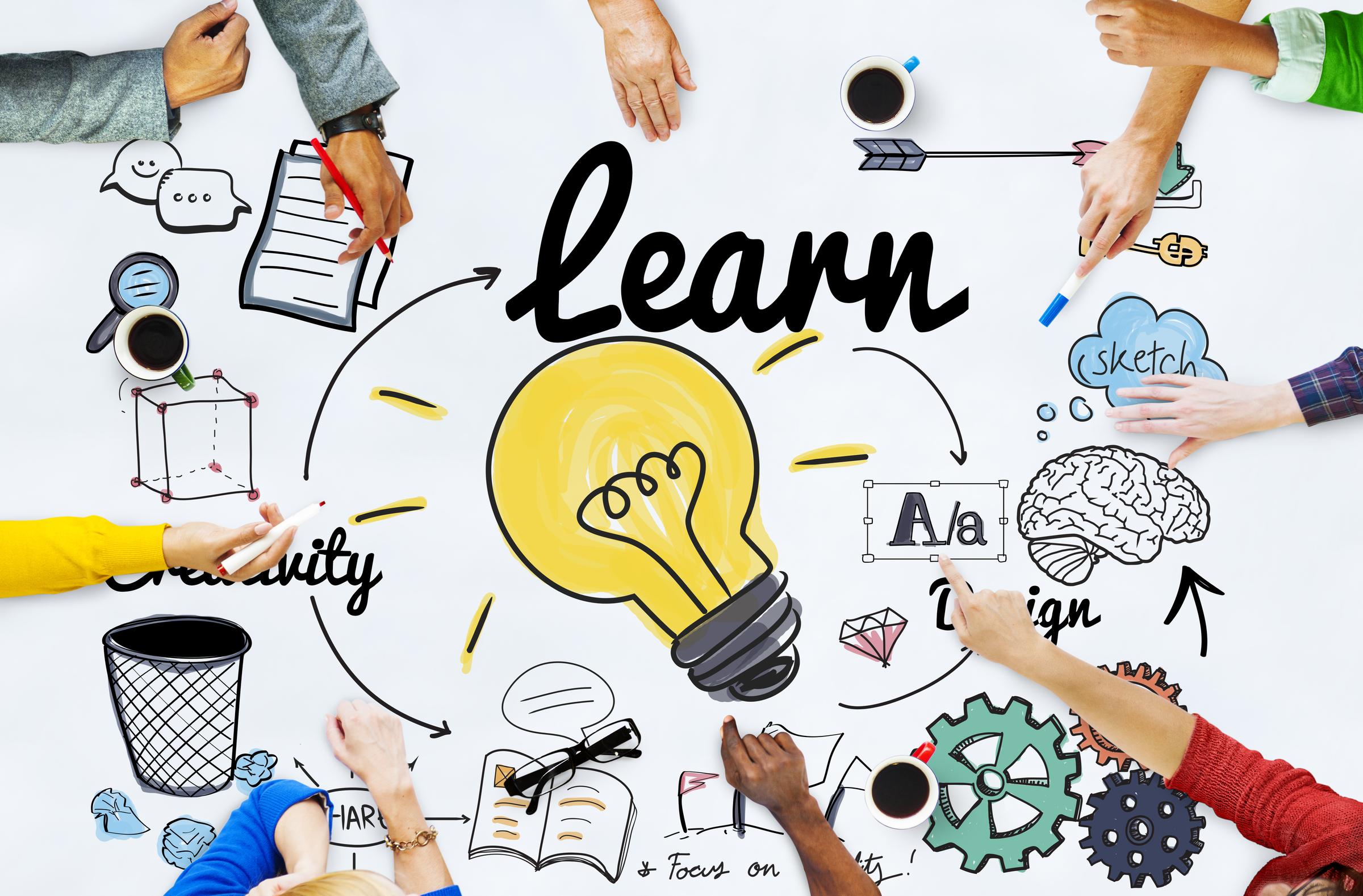Assistant Principals

2017 General Achievement Test
On a very cold Wednesday morning we had over 200 students nervously huddled outside the Senior Centre waiting to undertake this year's GAT. This included all Year 11 and 12 students who are studying a Unit 3 and 4 sequence of VCE.
For those who did a Unit 3 and 4 subject last year there was a sense of déjà vu due to their experience last year. Regardless of experience of the GAT there was a sense of trepidation about what would be on it, as it is not a test that students can study for.
The GAT tests students' general knowledge and skills in the very broad areas of:
- written communication
- mathematics, science and technology
- humanities, the arts and social sciences.
Each of these areas represents a body of general knowledge and skills that students are likely to have developed throughout the course of their schooling.
Although the GAT does not count towards the students final VCE results it does play an important role in checking that the School Assessed Coursework (SACs) were set at an appropriate level of difficulty and assessed accurately. It is also used to verify the external assessments or exams that students undertake.
The Victorian Curriculum Assessment Authority (VCAA) has developed the GAT in such as manner that it is a good predictor of achievement on other assessments. Students who do well on the GAT are likely to do well in both school based and external assessments.
As a result it is also use to calculate derived exam scores for students who have legitimately been unable to sit the exam at the end of the year.
On talking to a group of students as the exited they were fairly unanimous in that it was an okay test but it was long. Students who did it last year as part of their early start program also remarked on how they felt more comfortable this year because they knew what to expect and had another 12 months study under their belts.
Students will receive information about their GAT results when they receive their VCE results from VCAA at the end of the year.
Congralutations to all who gave it a red hot go.
Catherine Ford
Assistant Principal Teaching and Learning
Cyber Safety
Following on from the recent successful Cyber Safety Parent Information Evening, we want to ensure that all members of our community are informed about ways to be safe online. The Australian Government has established the Office of Children’s eSafety Commissioner that is committed to helping young people have safe, positive experiences online. One of their roles is to provide advice for young people. In relation to Social Networking they provide the following advice:
Social Networking
Chat and social networking are great ways to stay in touch and find new friends. However, there are some risks meeting people on line - especially if you don’t know them in real life.
What should know about safe social networking?
- Limit your friend list: don’t 'friend' random people.
- Only have friend who you have met in person and would be happy to invite into your home.
- Protect your privacy: don’t share your password and set your profile to private.
- Your personal details are valuable: don’t share them.
- Protect your reputation: keep it clean and ask yourself, would you want others to see what you upload?
- Be careful who you trust: a person can pretend to be someone they are not.
- Don't use a webcam with people you do not know.
- Think before you post, chat, upload or download.
Control privacy settings?
Social Media is public space. Regardless of what our security and privacy settings are what we share online is not private.
All social networking sites have their own version of ‘default’ privacy and security settings. It is important that you know how the site works and how to change the settings to protect your personal information.
What are the risks of social networking?
The risks in using social networking sites include:
- Anonymity — it can be easier to say and do things online that you might not do offline.
- Sharing too much information — for example, photos from a party might be okay for close friends to see but can become an issue if shared more widely.
- Not protecting your personal information — account details and location information can be used inappropriately by others to find you or access your online accounts. It is important that you understand the risks associated with disclosing information about yourself online and know how to manage both your privacy and online friends.
- Treating online friends as real friends — it's easy for people to lie online, including those who are seeking children and young people for more than a social relationship. Make sure you are careful about how well you really know your online ‘friends’.
What are location-based services?
Many social networking sites take advantage of location-based services, which enable users to report their physical location to others via their mobile phone. By using this function, users can physically locate friends and others from social networking sites. Individuals can ‘check-in’ from a location to let others know their whereabouts.
On some social networking services the location-based functions are turned on by default. To manage these services, and retain your privacy, review your social networking settings to block the function or to limit who sees your location-based information.
If you want to find out more, please go to www.esafety.gov.au
Bruce Churchward
Assistant Principal – Student Services
